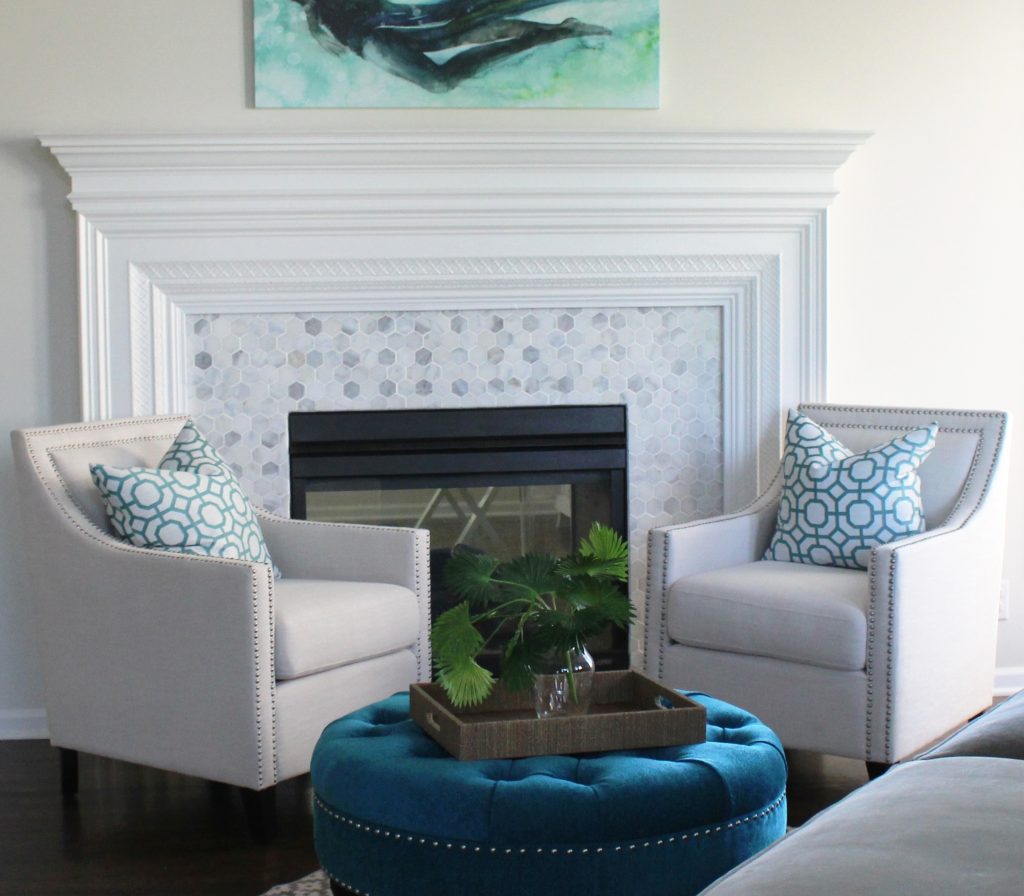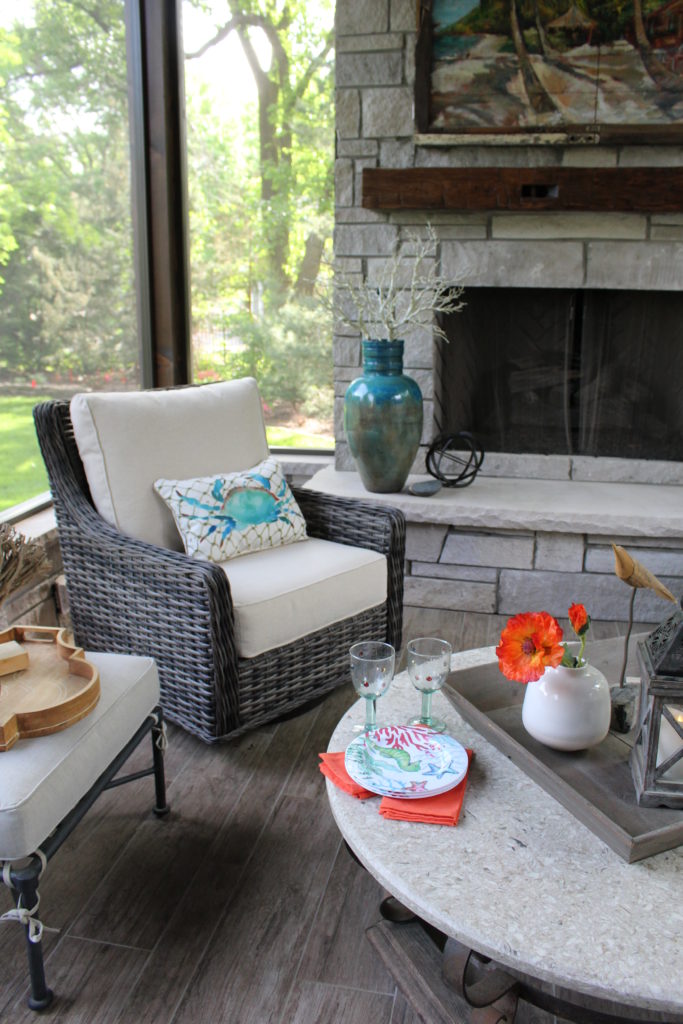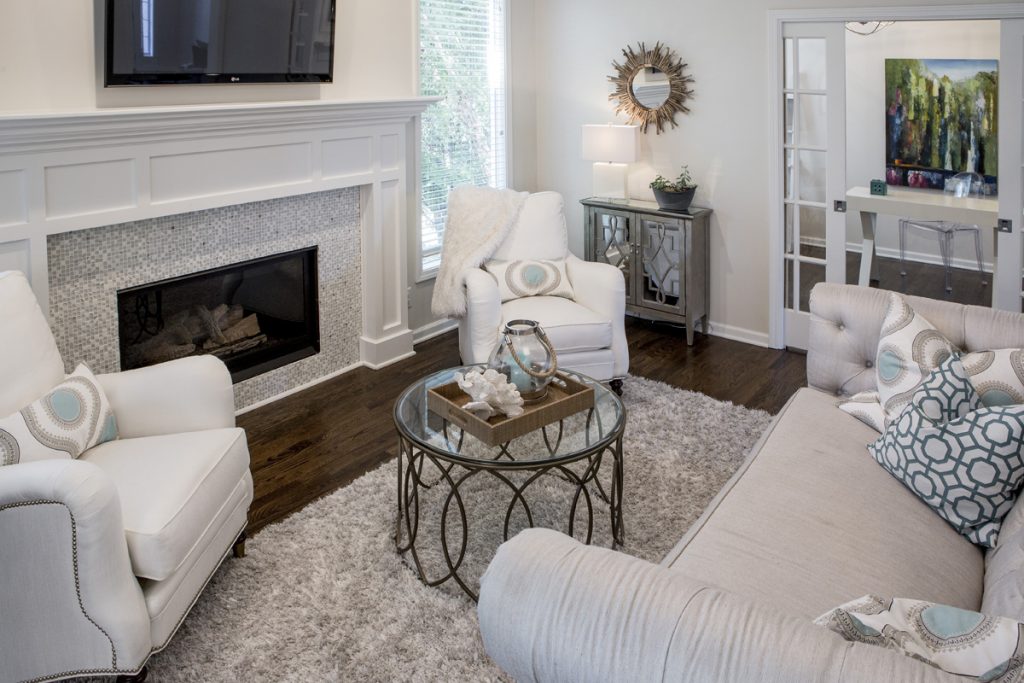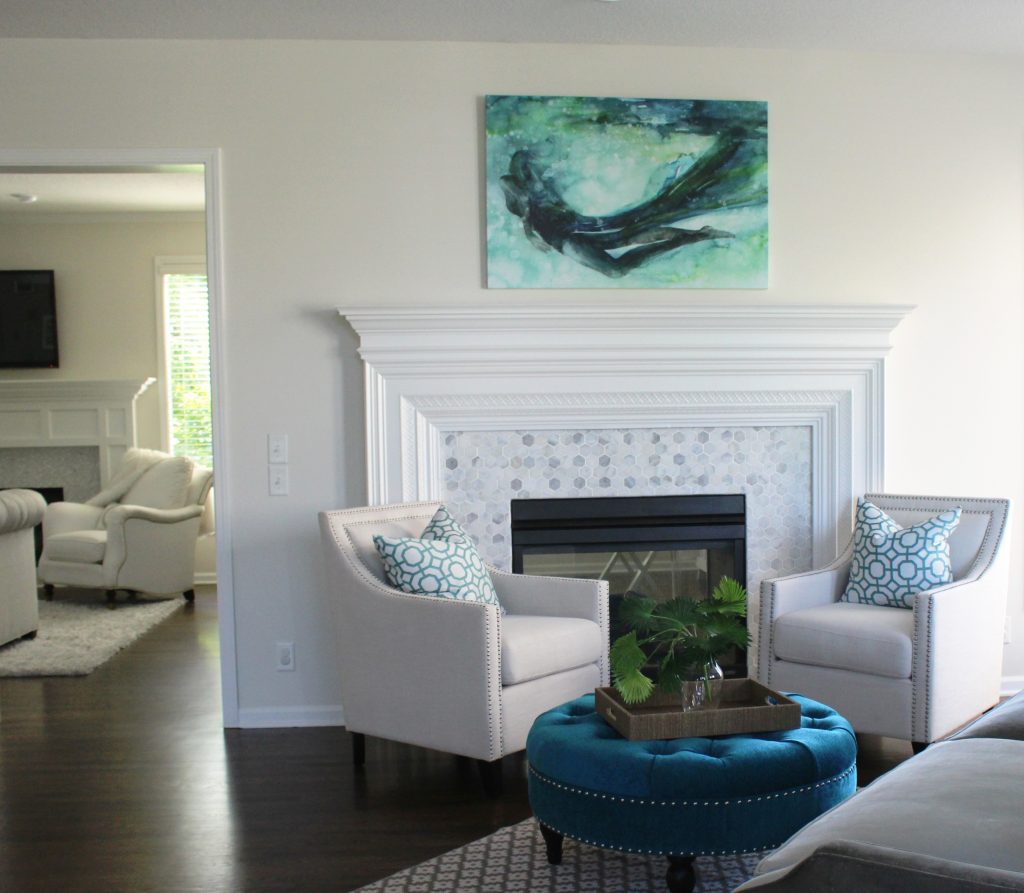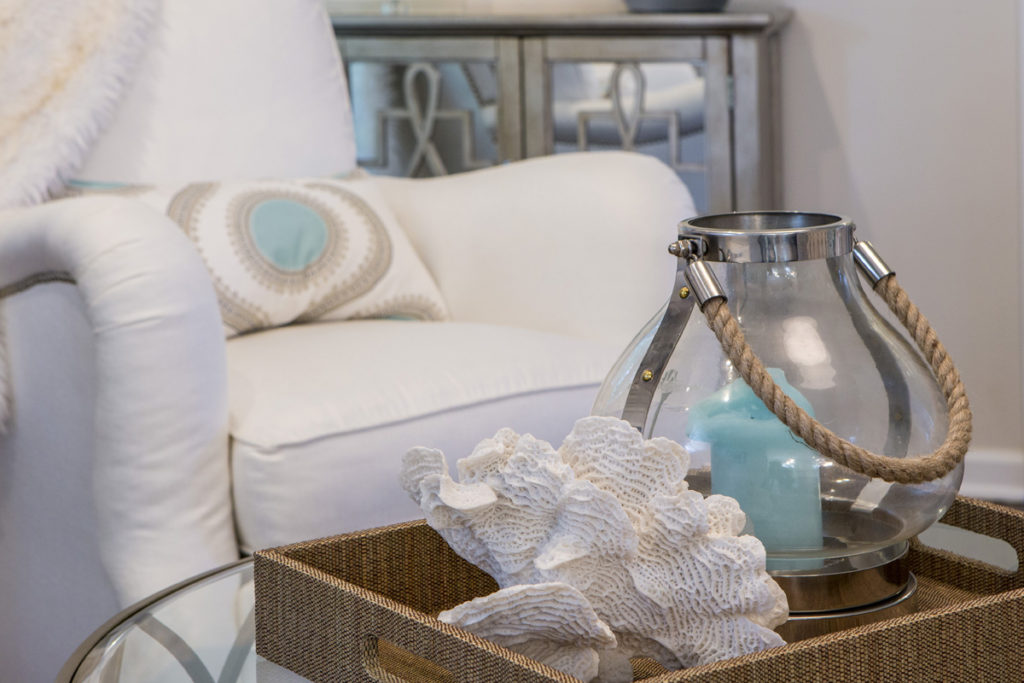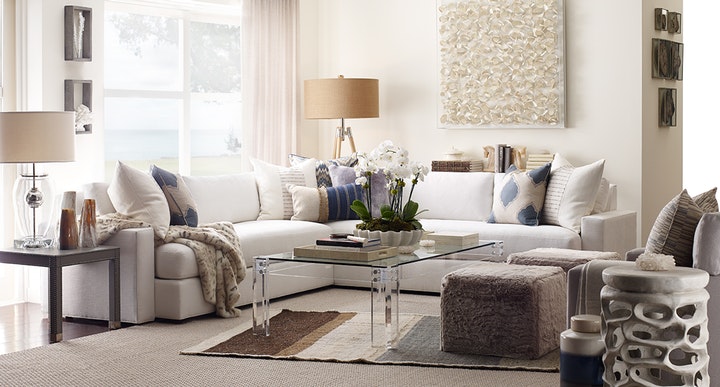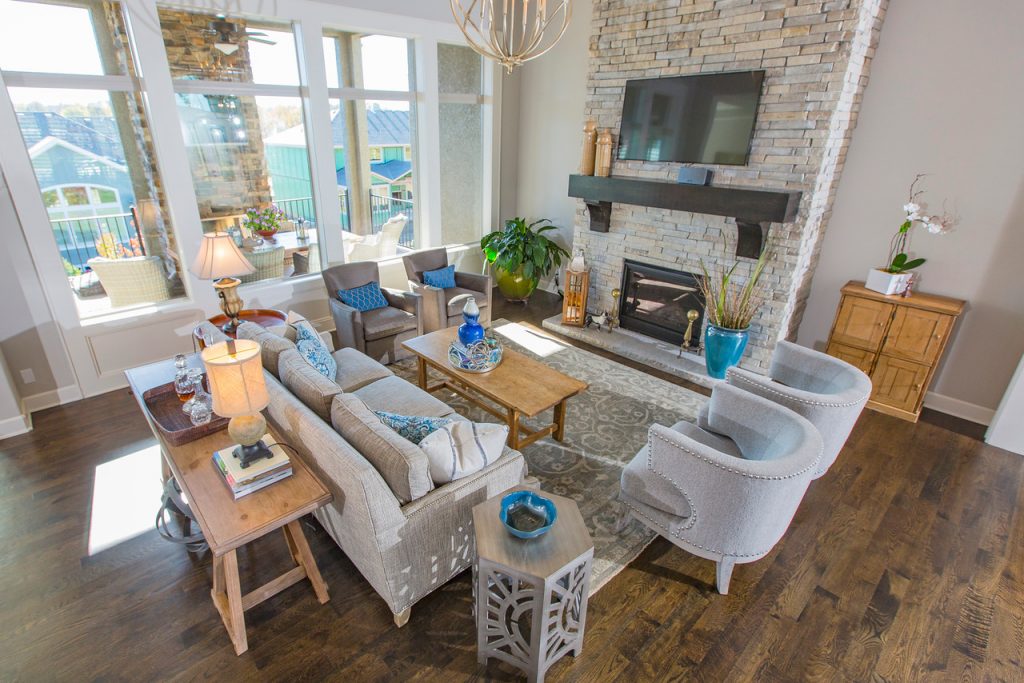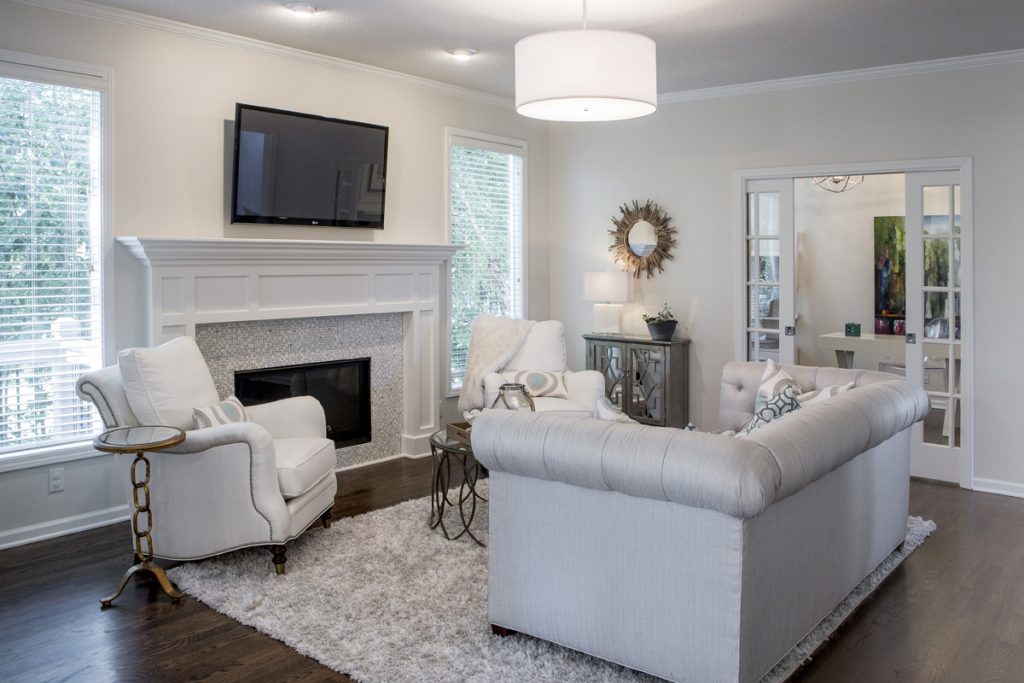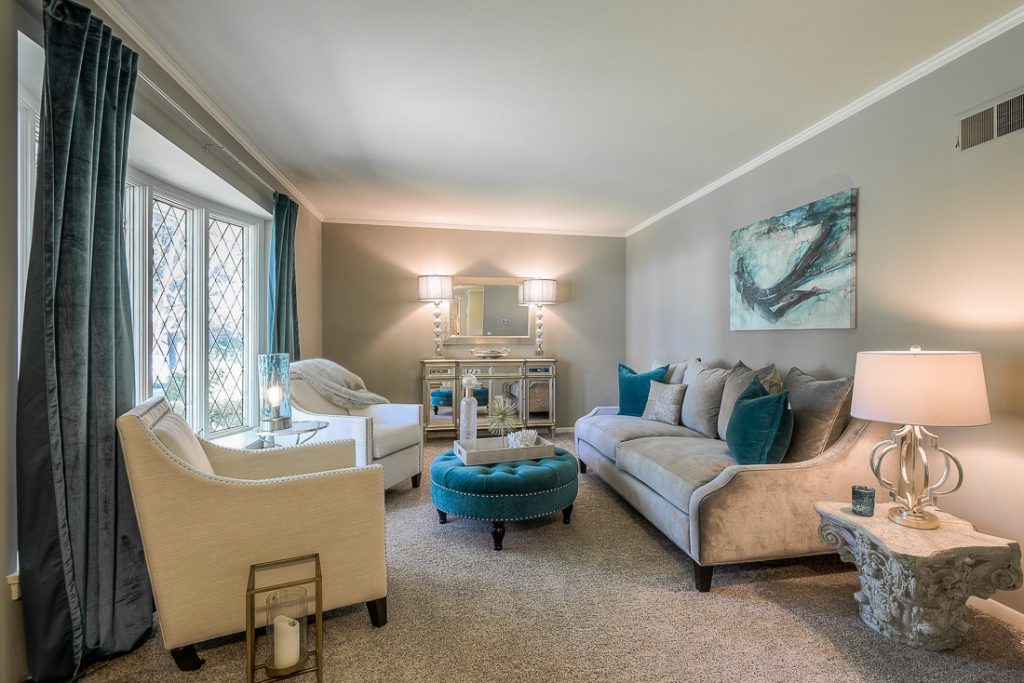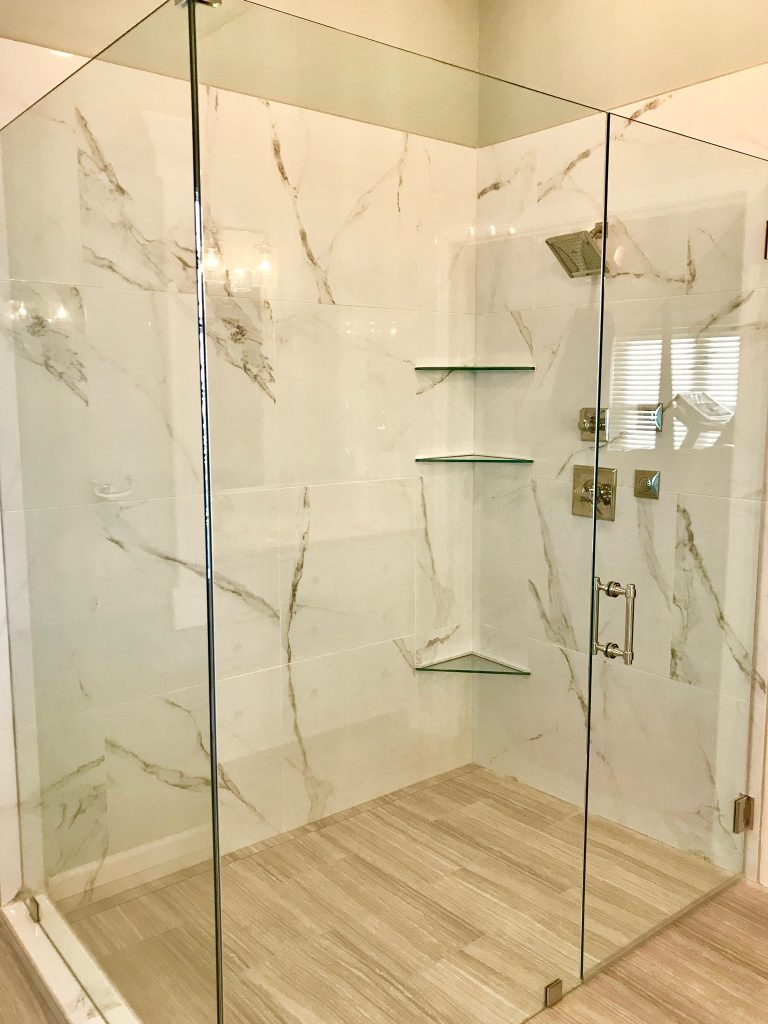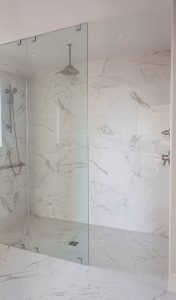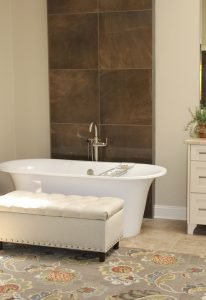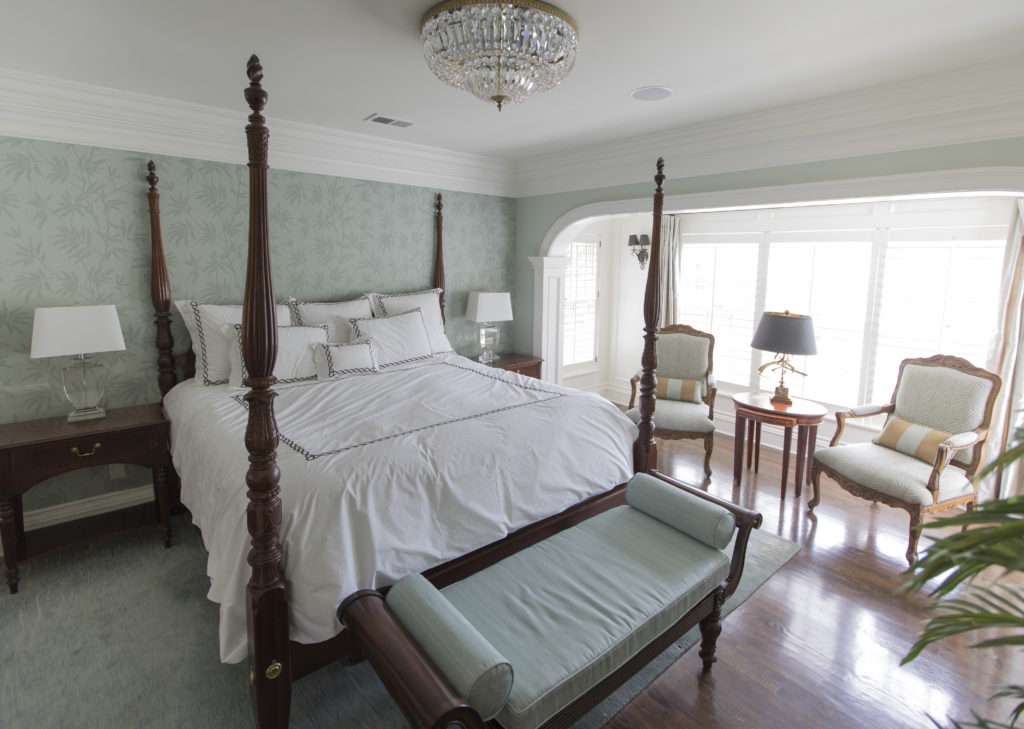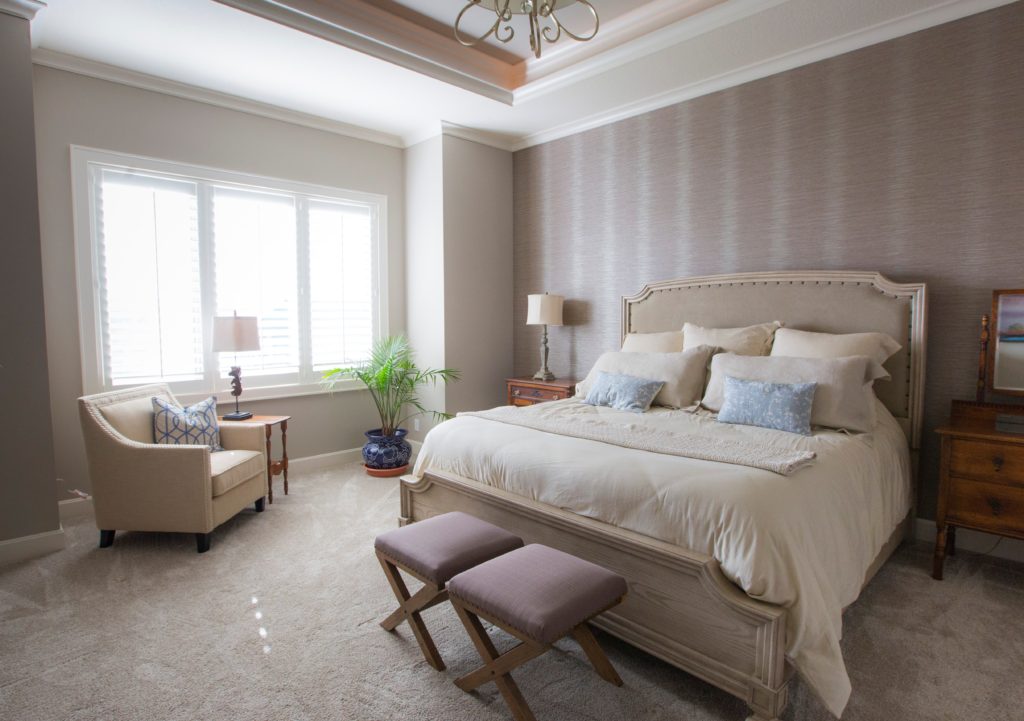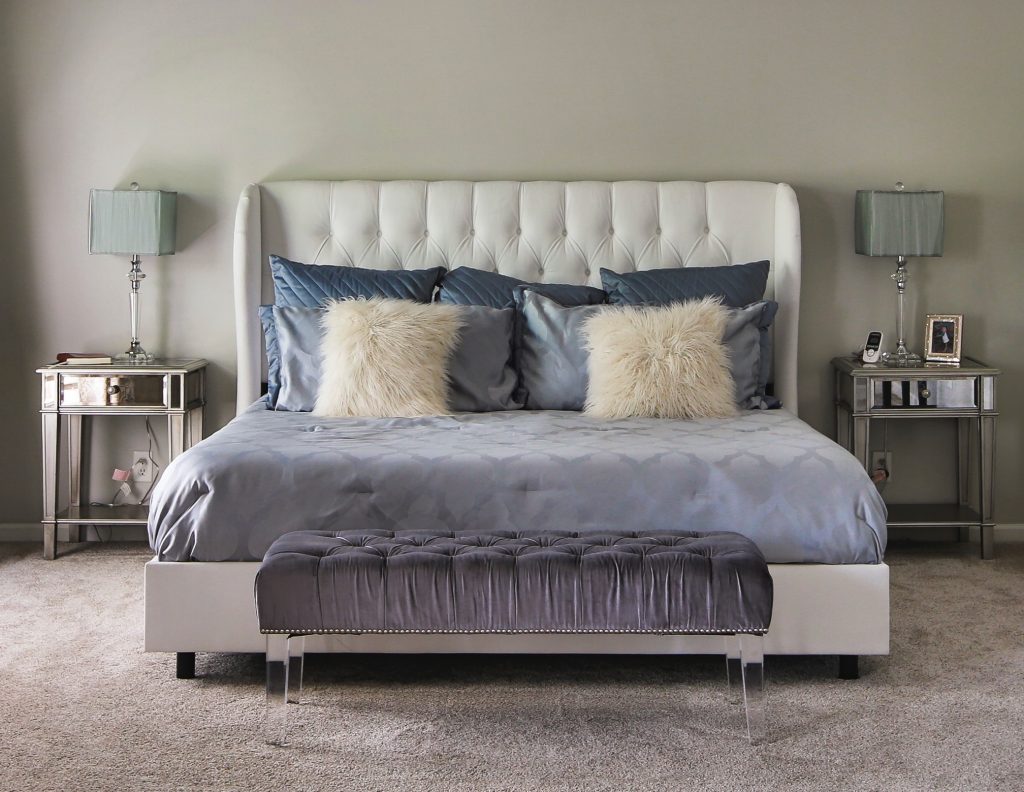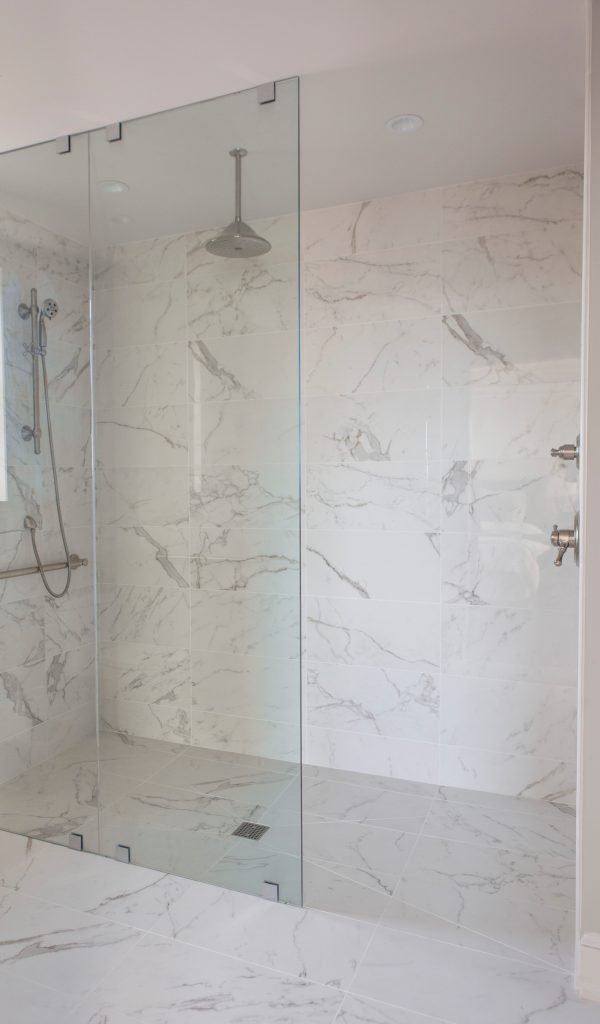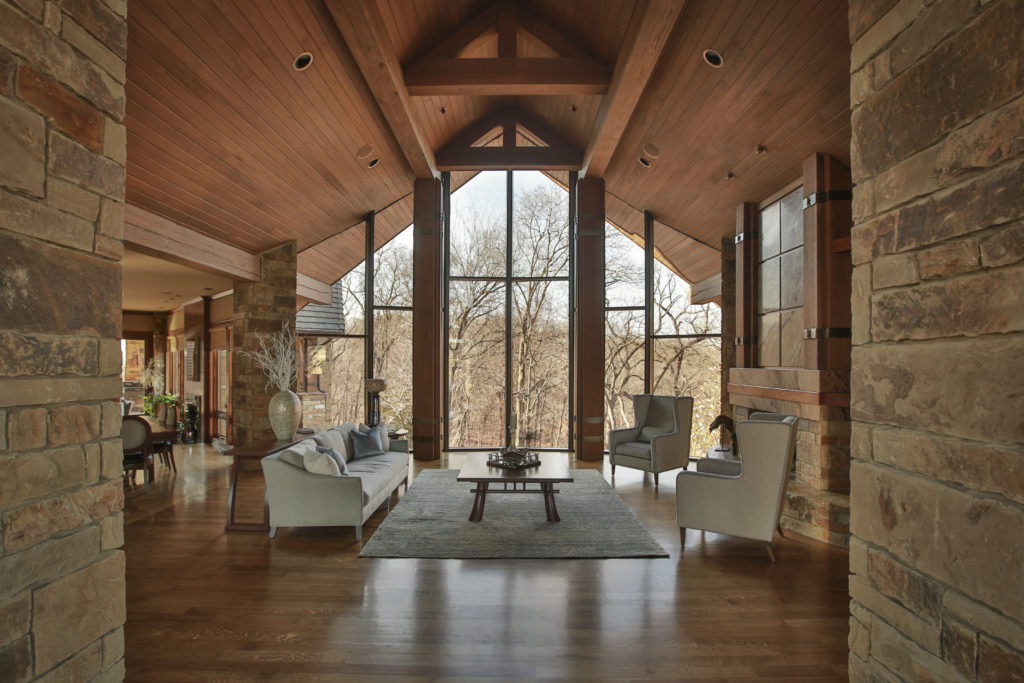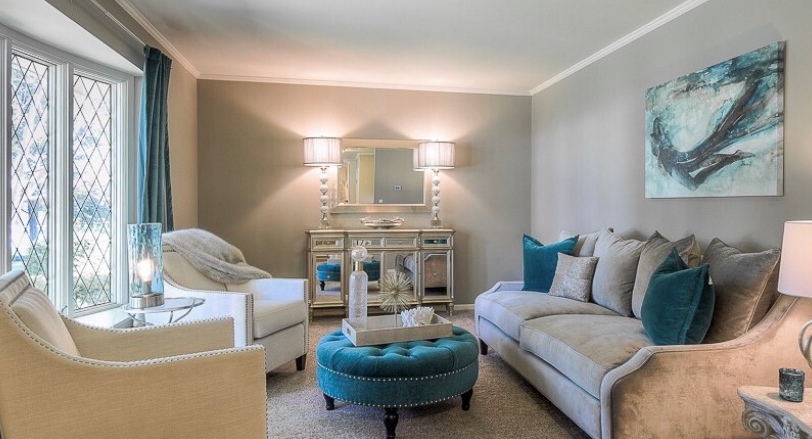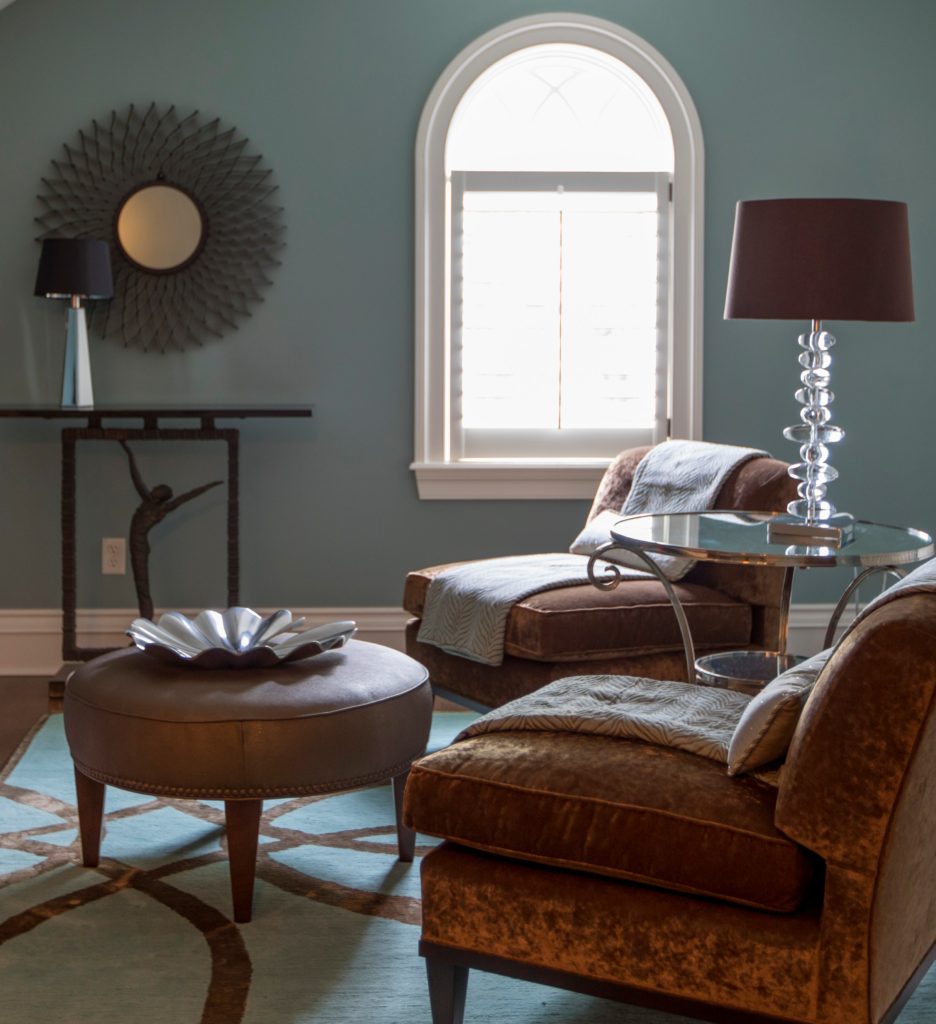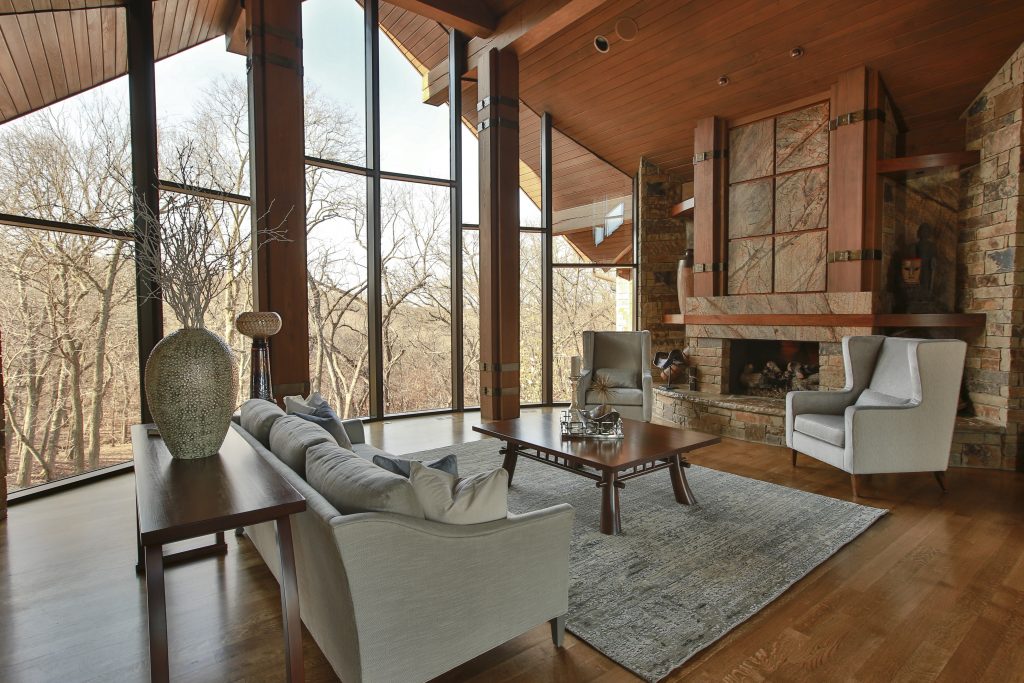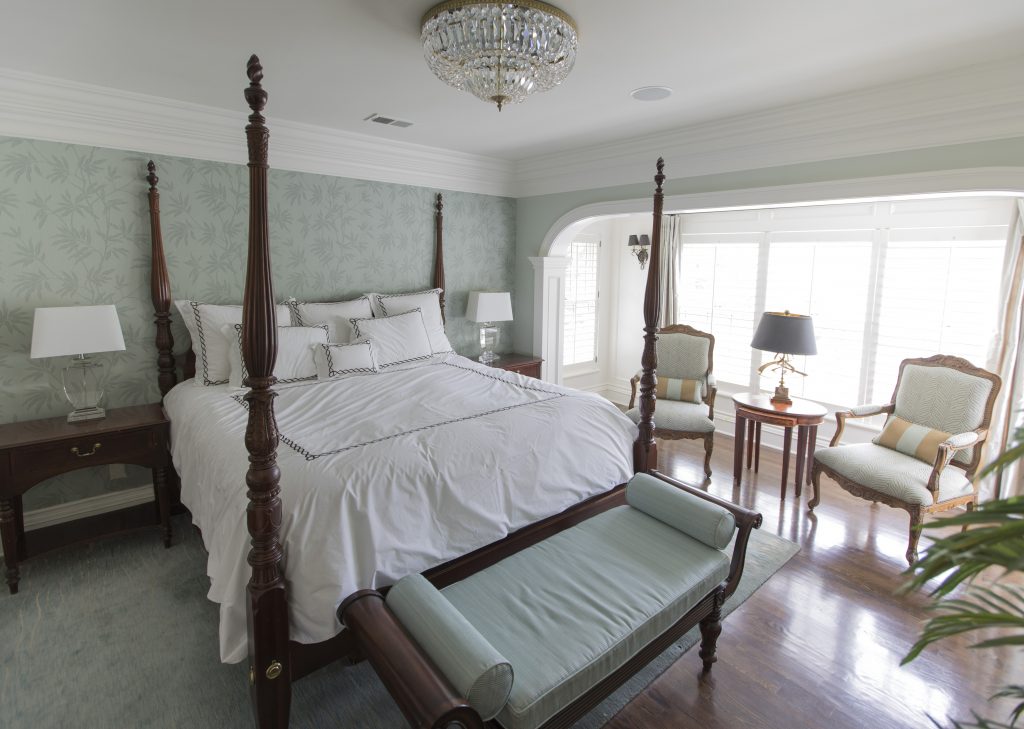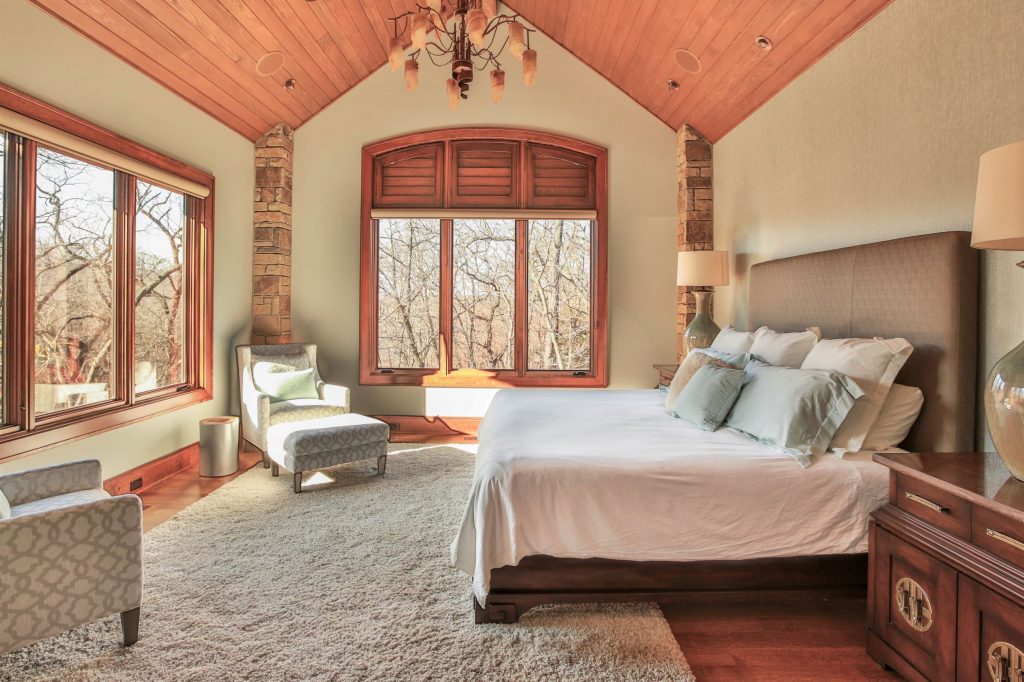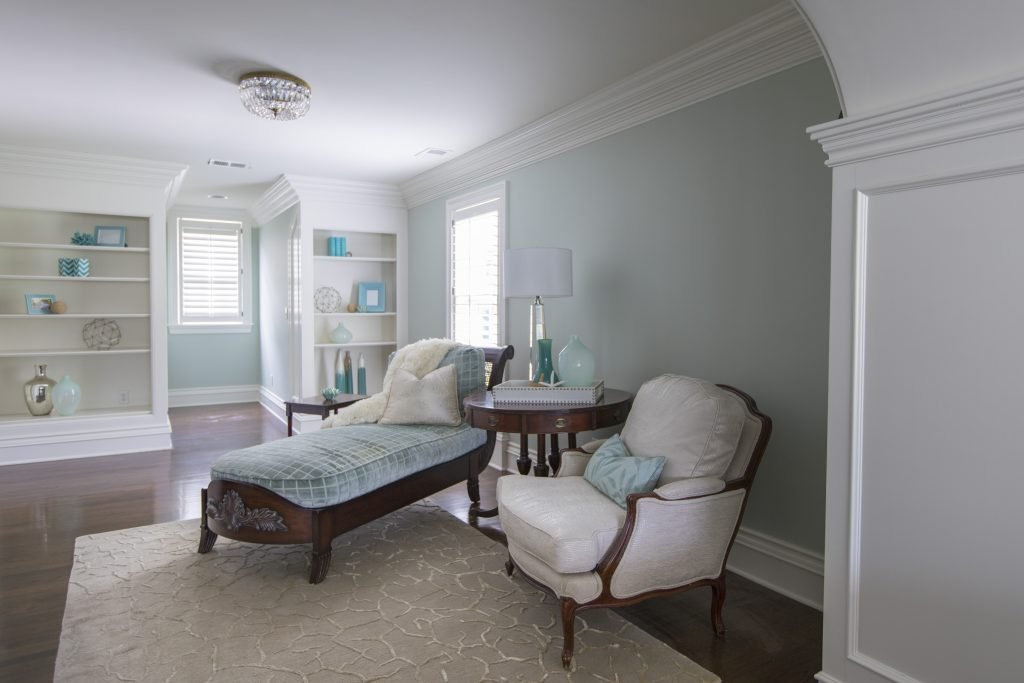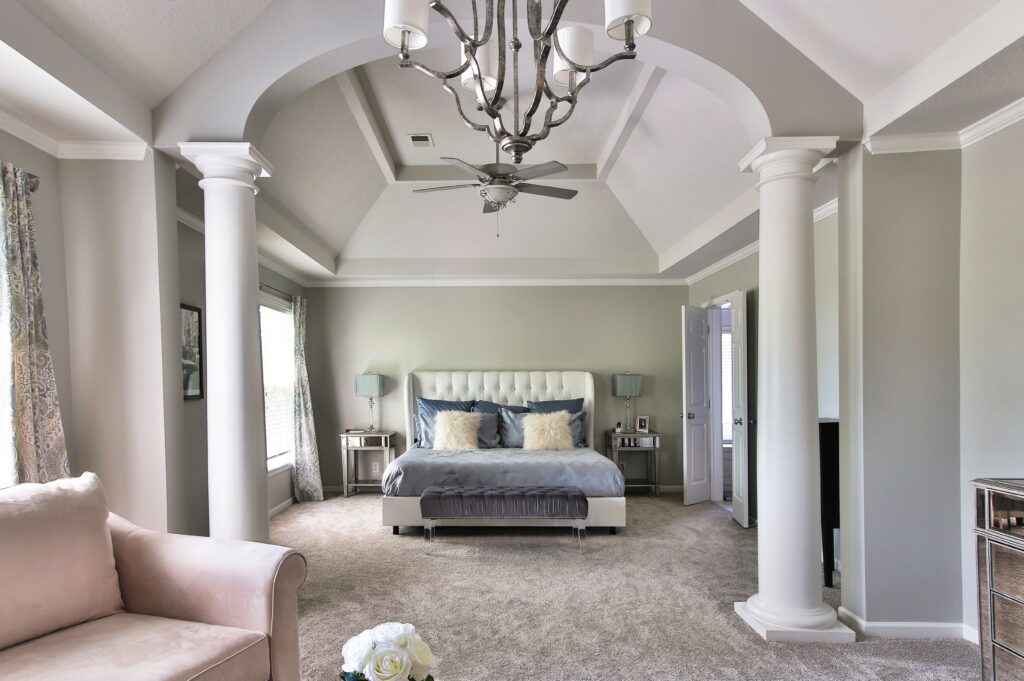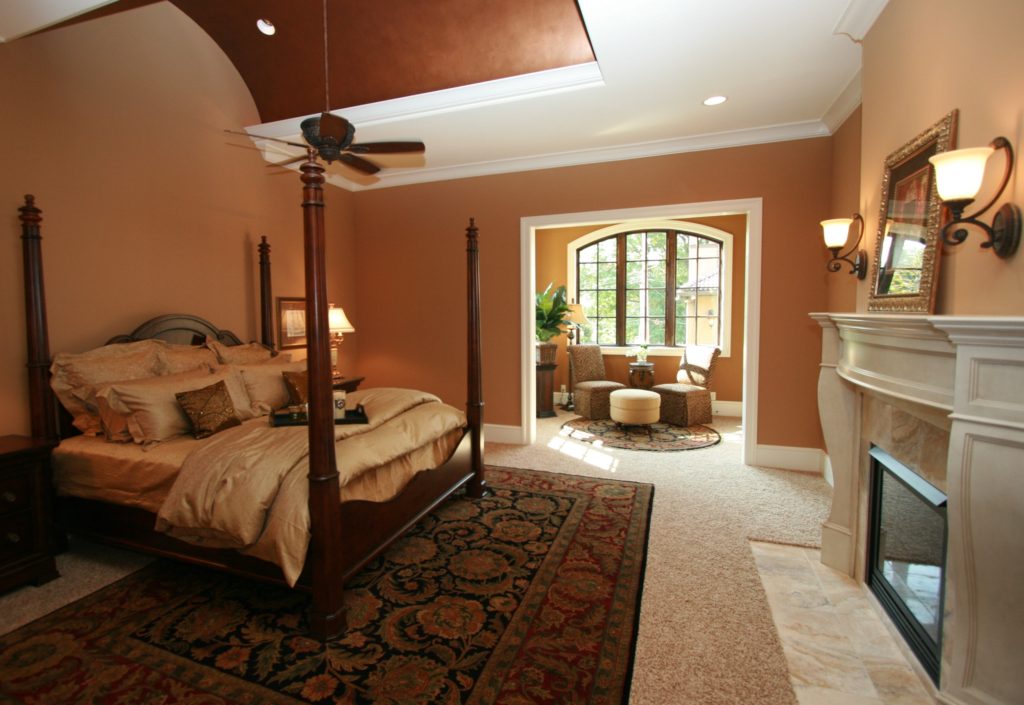 Interior Design/Interior Decorating
Interior Design/Interior Decorating
Interior Design: 3 Tips for Adding a Home Office…
How to add a Workspace at Home When You Don’t Have a Dedicated Room
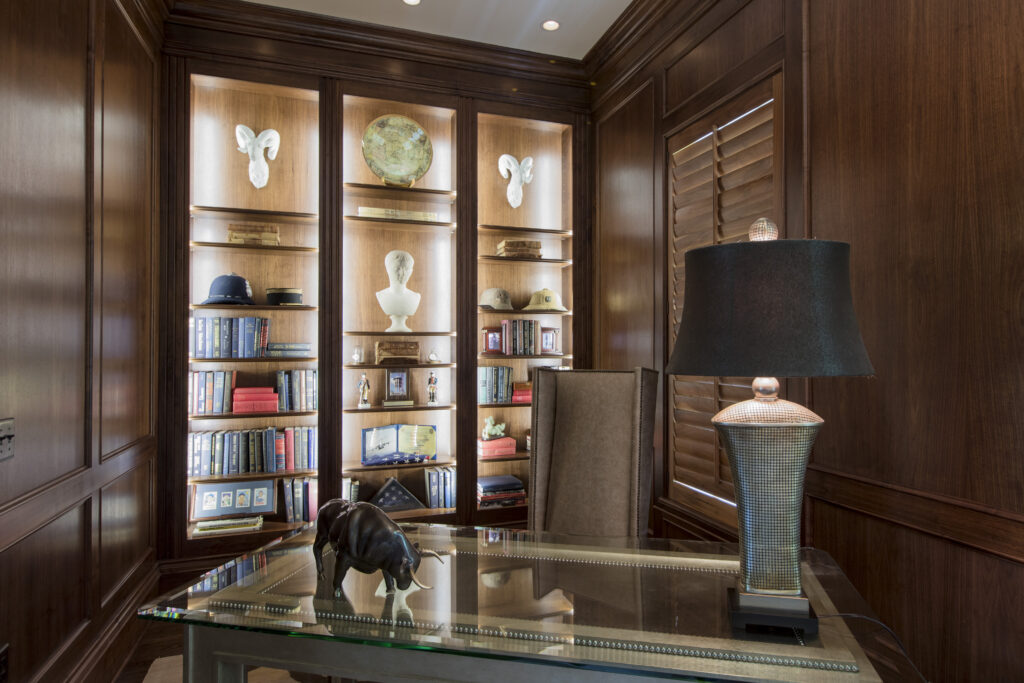
- Add sliding doors – pocket, French or barn doors to enclose an open room or space – In this gorgeous home office we designed hidden pocket doors slide together to hide this office space next to the living room to create a cozy area for getting work done without being disturbed.
If you prefer to have your home office in full view, you can also opt for French door style pocket doors that can make your overall living space feel larger like this interior design project below we designed.

If you prefer to have your home office in full view, you can also opt for French door style pocket doors that can make your overall living space feel larger like this interior design project below we designed.
2. Hide your workspace behind built in cabinetry or in a closet. – As an interior designer I’ve helped numerous clients solve the issue of where to put a home office. One of my favorite solutions as an interior designer was a home office we designed behind kitchen cabinetry as part of a remodel. And we disguised the doors to look like cabinetry which also functions nicely as a safe room.
Other solutions our interior design firm has created includes hiding an office under the stairs, in a niche area on a landing or loft, or inside a step-in closet where you can just shut the door to hide the space.
3. Introduce a piece of furniture that can act as a desk along with storage for your office necessities. Options could include an office armoire or dining table, for example. For one client, our interior design firm helped them take over their rarely used dining room by utilizing the table as a desk for their laptop and custom built in cabinetry on the wall behind to hide everything else. The bottom of the cabinetry held office items, while the top half provided display space for the client.
If you’re looking for more custom interior design, decorating, or remodeling inspiration, ideas, and photos, sign up for our weekly interior design blog here
Plus become a fan of Kansas City’s interior designer and former host of the Living Large design show, Karen Mills, on
INSTAGRAM and FACEBOOK here!
